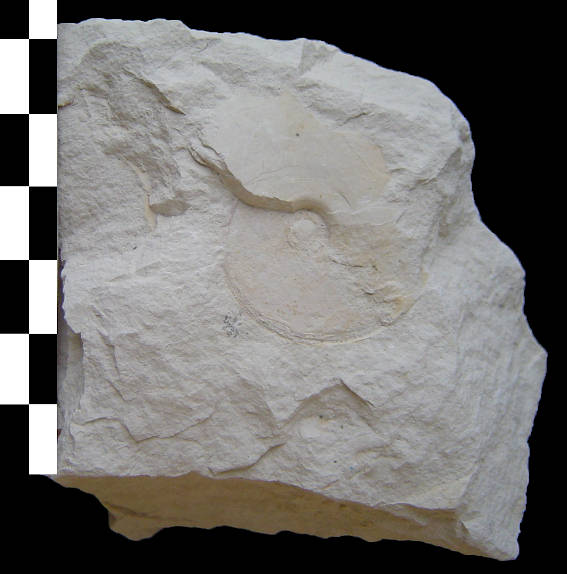| 4500 MY | 540 MY | 250 MY | 65 MY | ||||||||
| Eras | Precambrian | Paleozoic (primary era) | Mesozoic (secondary era) | Cenozoic (tertiary + quaternary eras) | |||||||
| Periods | Triassic | Jurassic | Cretaceous | ||||||||
| Epochs | Liassic | Dogger | Malm | lower Cretaceous | upper Cretaceous | ||||||
| 154 MY | 146 MY | 141 MY | 135 MY | 96 MY | |||||||
| Stages | Oxfordian | Kimmeridgian | Portlandian | ||||||||


| 135 MY | 131 MY | 123 MY | 117 MY | 113 MY | 108 MY ==> 96 MY |
| Berriasian | Valanginian | Hauterivian | Barremian | Aptian | Albian |
| <<< TOURAINE'S DEPTHS | IN CENOMANIAN >>> |